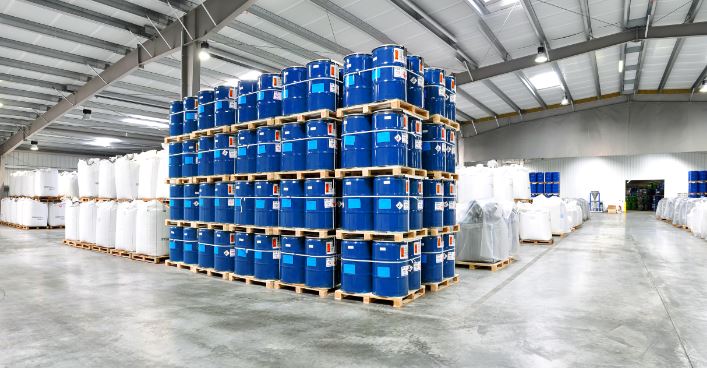Wrinkle-free fabrics have revolutionized the textile industry by offering garments that maintain a smooth appearance with minimal maintenance. Chemical innovations play a crucial role in achieving this desirable quality. By applying specific chemicals during the fabric processing, manufacturers create textiles that resist wrinkling, reduce the need for ironing, and enhance overall ease of care.

Chemical Innovations for Wrinkle-Free and Easy-Care Fabrics
Chemical Agents for Wrinkle Resistance
To produce wrinkle-free fabrics, manufacturers use various chemical agents. One of the most common is formaldehyde, which cross-links with fabric fibers to create a durable, wrinkle-resistant finish. This chemical treatment helps the fabric return to its original shape after being compressed. Newer alternatives, such as non-formaldehyde-based resins, provide similar benefits while addressing environmental and health concerns associated with formaldehyde.
Advancements in Easy-Care Technology
Recent advancements in easy-care technology focus on improving fabric performance and user convenience. Innovations include the development of fluoropolymer treatments that enhance water and stain resistance in addition to wrinkle resistance. These treatments help fabrics remain clean and look fresh longer, reducing the frequency of washing and ironing. Additionally, enzyme treatments break down impurities and residues on fabrics, contributing to their easy-care properties.
Eco-Friendly Approaches
As the demand for sustainable textiles grows, eco-friendly approaches to wrinkle-free and easy-care fabrics have emerged. Manufacturers are exploring biodegradable and less harmful chemicals that offer similar performance benefits. For example, researchers are developing plant-based resins and treatments that reduce environmental impact while providing effective wrinkle resistance. These innovations reflect the industry’s commitment to balancing functionality with environmental responsibility.
Application Techniques
The application of wrinkle-free and easy-care treatments can vary depending on the desired effect and fabric type. Common techniques include padding, where the fabric absorbs a chemical solution; spraying, which applies a fine mist to the fabric surface; and coating, which forms a protective layer. The choice of method depends on the specific chemical used and the performance requirements of the fabric.
Quality Assurance and Testing
To ensure the effectiveness of wrinkle-free and easy-care treatments, rigorous quality assurance and testing are essential. Manufacturers conduct tests to measure wrinkle recovery, durability, and overall performance. These tests assess how well the fabric resists wrinkling after washing and drying, as well as its ability to maintain a smooth appearance over time. Regular testing helps ensure that treated fabrics meet industry standards and consumer expectations.
Consumer Benefits
Consumers benefit from wrinkle-free and easy-care fabrics through improved convenience and reduced maintenance. Garments made from these fabrics require less ironing and upkeep, saving time and effort. The enhanced appearance of wrinkle-free textiles also contributes to a polished and professional look, making them ideal for both casual and formal wear. Overall, these fabrics offer practical advantages and added value for everyday use.
Future Trends in Fabric Treatments
Looking ahead, future trends in fabric treatments will likely focus on further innovations in wrinkle resistance and ease of care. Researchers are exploring new chemical formulations and technologies to enhance fabric performance while minimizing environmental impact. Advances in nanotechnology and sustainable chemistry are expected to drive the development of more efficient and eco-friendly treatments, offering even greater benefits to consumers and manufacturers alike.
Conclusion
Chemical innovations have significantly advanced the development of wrinkle-free and easy-care fabrics. By utilizing various chemical agents and application techniques, manufacturers create textiles that offer improved durability, convenience, and appearance. The ongoing pursuit of eco-friendly solutions and technological advancements will continue to shape the future of fabric treatments, providing consumers with high-quality, low-maintenance textiles.




